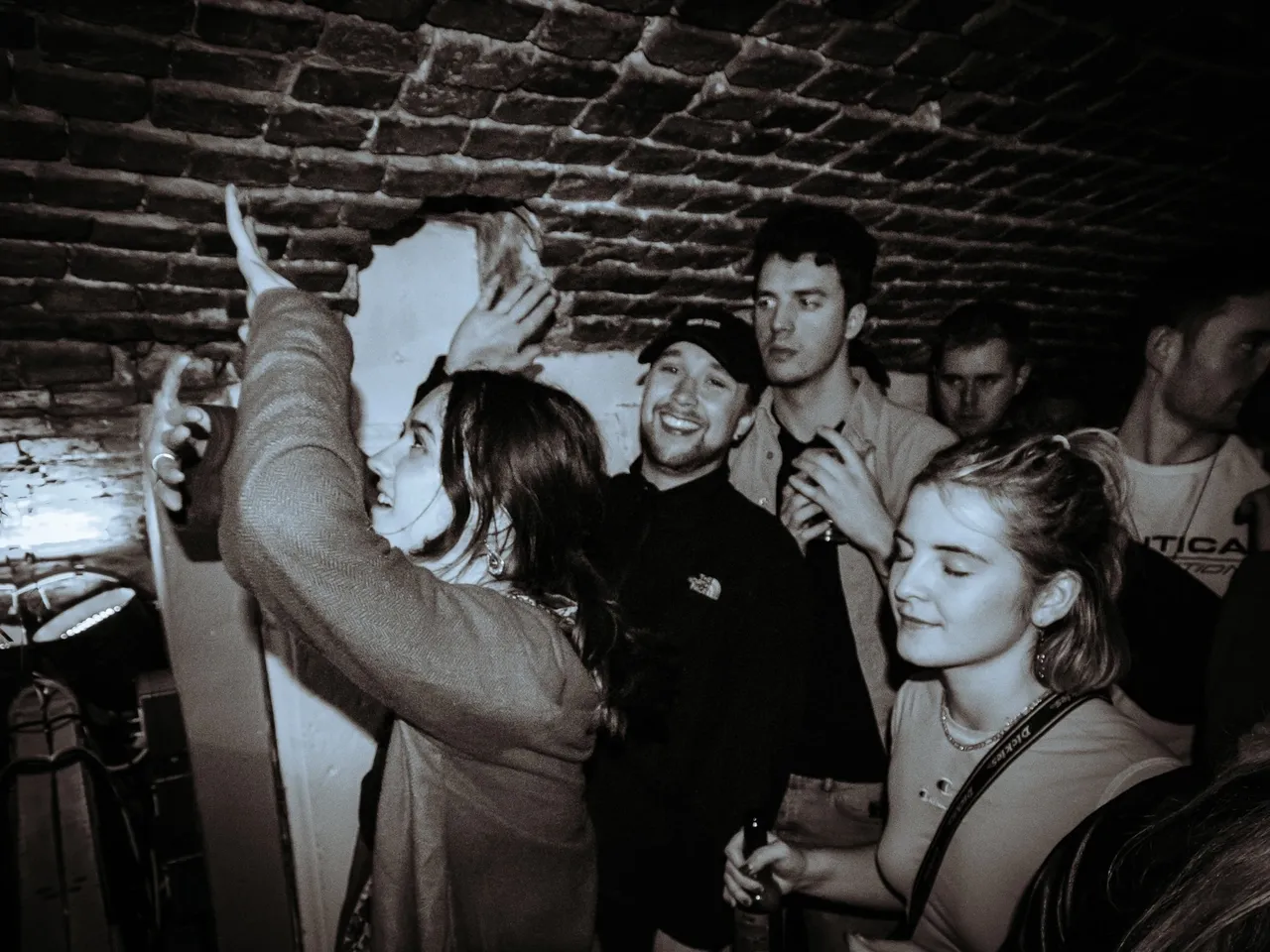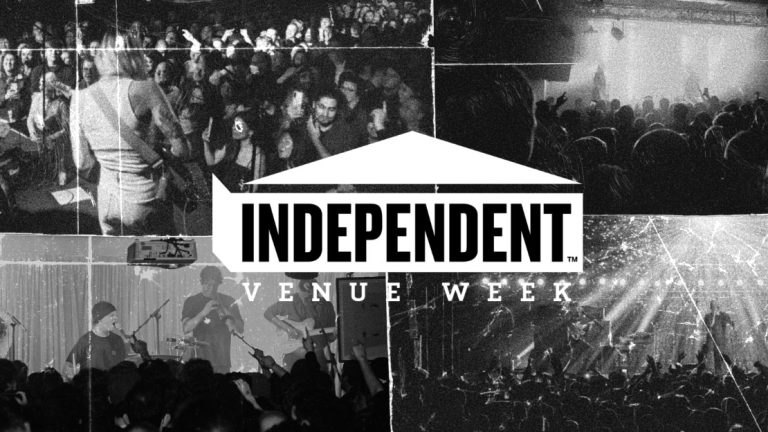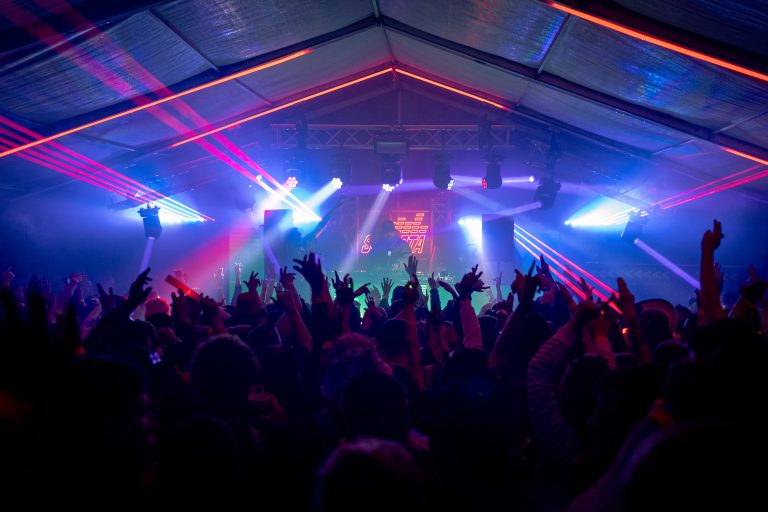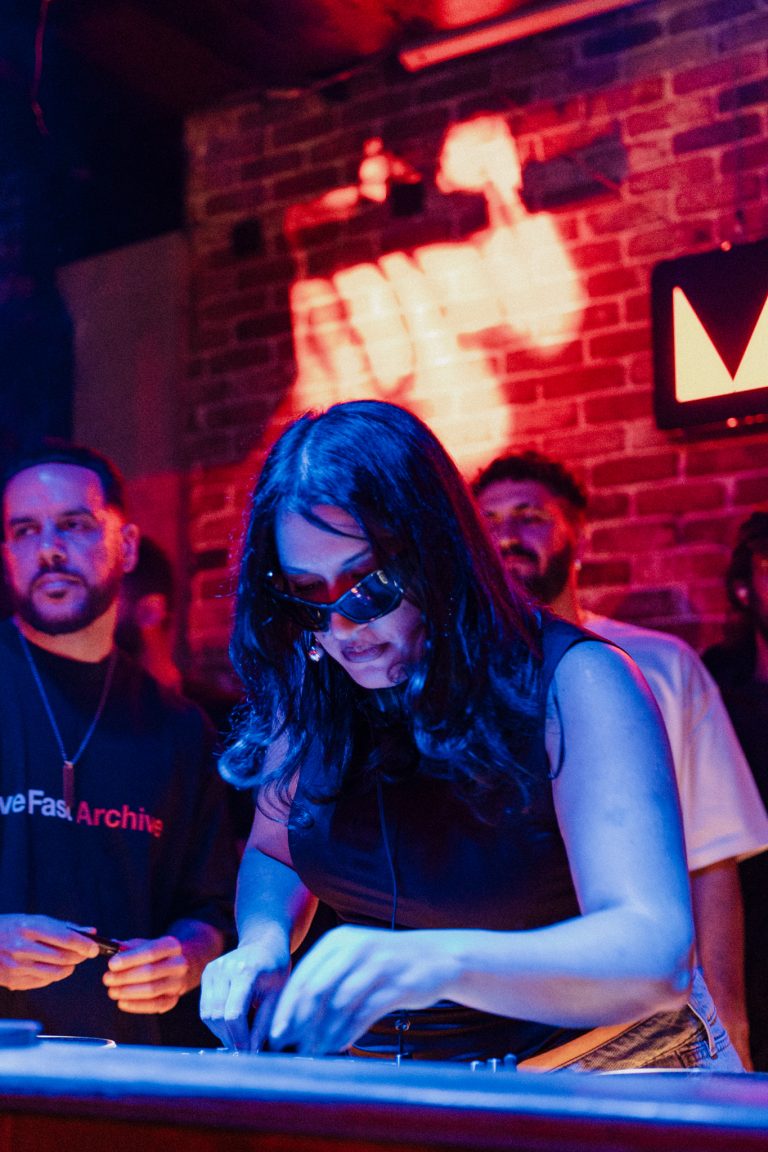There’s a reason why stepping onto a dancefloor feels different from any other kind of social experience. The music, the movement, the collective energy – it all creates a powerful, immersive connection that goes beyond words. And while ravers have known this for decades, James Cannon is one of the few researchers diving deep into the science behind it.
A music psychologist and DJ, Cannon has spent years studying how dance music shapes our emotions, bodies, and communities. His work has helped shine a light on the psychological and social power of club culture, from its ability to combat loneliness to its role in strengthening grassroots music scenes.
Now, with a groundbreaking real-world experiment taking place on the dancefloor at Haze: Sonic Embodiment, he’s taking music psychology out of the lab and into the rave.
How Dance Music Moves Us: The Science Behind the Dancefloor
Dance music isn’t just about listening – it’s about feeling. And according to Cannon, that feeling comes from something deeply wired into our brains and bodies.
“When people dance together, they’re not just reacting to the music; they’re physically aligning with the beat and with each other,” he explains. “That rhythmic synchronisation, or ‘entrainment,’ creates an intense sense of unity and belonging.”
It’s why mass dancefloors at raves and festivals feel so euphoric. The syncopated rhythms of dance music encourage people to move in time with one another, and when that happens, something incredible occurs:
Our brains release endorphins, boosting our mood.
We experience ‘collective effervescence’ – a psychological state where shared movement creates a powerful emotional high.
The emotions we express through movement become contagious, spreading throughout the crowd.
“For decades, people in rave culture have talked about this overwhelming feeling of togetherness and connection, but now we’re actually able to study and quantify it,” Cannon says. He is currently writing up research that shows that the more people feel emotionally and physically in sync on the dancefloor, the stronger their sense of social connection becomes.
The Dancefloor as an Antidote to Loneliness
In an era where loneliness is on the rise, particularly post-COVID, nightlife offers something uniquely valuable: a chance to reconnect in real-time.
“Digital interactions dominate so much of our lives now, but nothing replaces face-to-face, in-the-moment connection,” Cannon explains. “The dancefloor isn’t just about escapism – it’s about belonging.”
His studies show that people who engage in dance music culture report higher levels of social well-being – feeling more connected to a community and a shared purpose. “It’s not just hedonism,” he says. “Dance music brings people together in a way that few other cultural experiences do.”
This sense of unity is built into the culture itself. Dance music has always been about inclusivity, freedom, and self-expression – values that help create spaces where people feel accepted and respected.
Beyond the Beat: The Well-Being Benefits of Raving
The impact of dance music goes far beyond the club. Cannon’s 2021 study with researcher Alinka Greasley was the first psychological study to show a direct link between attending dance music events and improved psychological and social well-being.
His research identified four key reasons why dance music culture enhances well-being:
The Emotional Experience – Dance music’s sonic and structural qualities create intense, euphoric highs and can lead to transcendental, mediative experiences.
The Musical Experience – Hypnotic beats and immersive sound design enhance cognitive and sensory engagement, making the experience deeply absorbing.
The Social Experience – Meeting people, moving together, and sharing the moment strengthens bonds and reduces isolation.
The Shared Values – The culture of inclusivity, freedom, and creativity provides a space for self-expression and acceptance.
“Dance music isn’t just about mindless partying and hedonistic escapism, as it’s often portrayed in mainstream media”, Cannon says. “It’s about community, connection, and well-being.”
The Fight for Grassroots Nightlife
Cannon isn’t just researching dance music culture – he’s advocating for it.
“Grassroots venues, promoters, and artists are the lifeblood of dance music,” he says. “But they’re constantly under threat, whether it’s from rising costs, licensing issues, or a lack of recognition for their social and cultural value.”
In 2022, he led an industry-backed report synthesising over 45 academic studies on dance music’s impact on culture, community, and mental health. The findings were later cited in the IMS Business Report 2022 and the UK’s first Electronic Music Report (2023), showing how academic research can shape industry discussions and policymaking.
His message is clear: nightlife isn’t just entertainment, it’s a vital cultural and social institution.
“We need to stop seeing clubs and venues as ‘just places to party’ and start recognising them as community hubs – spaces where people come together, create, and build relationships.”
James speaking live at the Night Time Economy Summit
The Science of the Rave: What’s Happening in Our Brains?
Ever wondered why a packed dancefloor at peak time can feel like a spiritual experience? There’s science behind it.
“When we dance in sync with others, our brain’s neural oscillations align with the tempo of the music,” Cannon explains. “This creates a feedback loop between our sensory and motor systems, heightening our emotional and cognitive engagement.”
This triggers a powerful mix of neurological and physiological responses:
Endorphin release – Dancing together boosts pleasure and reduces pain, making us feel euphoric.
Collective effervescence – The shared energy of the crowd amplifies our emotions, creating an intense sense of unity.
Increased social bonding – Synchronising movement strengthens our connection to those around us.
“These mechanisms are what make raving such a powerful, communal experience,” he says. “It’s why people describe dance music events as life-changing.”
Rave Research in Action: Haze – Sonic Embodiment
Cannon’s latest project is taking music psychology out of academia and into the club.
On April 5th, he’s teaming up with Haze Bristol for Haze: Sonic Embodiment, a unique immersive club event that doubles as a live research study.
Using phone apps and surveys, the project will track real-time movement and social interactions on the dancefloor to explore how people move, feel, and connect through music.
“This is the first time research like this is happening in a real-world club setting,” he says. “It’s a chance to directly contribute to nightlife research while enjoying a free night out.”
With a lineup featuring Gillan, PLANTERA, and variable_self, the event blends techno, trance, house, and psychedelic sounds with a carefully curated, multi-sensory environment.
Want to get involved? Entry is free if you volunteer for the research – it just involves downloading an app and completing a short survey. There are also paid tickets available for those who want to enjoy the event as usual. Tickets and information here!
What’s Next for Dance Music Psychology?
With the field of music psychology growing, Cannon sees exciting possibilities for future research.
“One of my dream projects would be a longitudinal study – following people’s engagement with dance music over the course of their lives to understand its long-term impact.”
For now, his focus is on expanding real-world research and continuing to advocate for nightlife’s cultural and psychological value.
“There’s still so much to explore,” he says. “But one thing’s clear: dance music matters. It’s a powerful force for connection, well-being, and community.”
Follow James Cannon’s projects and research and get involved with Haze: Sonic Embodiment on April 5th.
Research Links:
Dance Music’s Impact on Communities & Culture (2022 industry report)
Exploring Relationships Between Electronic Dance Music Event Participation and Well-being (2021) (Cannon & Greasley, 2021)




